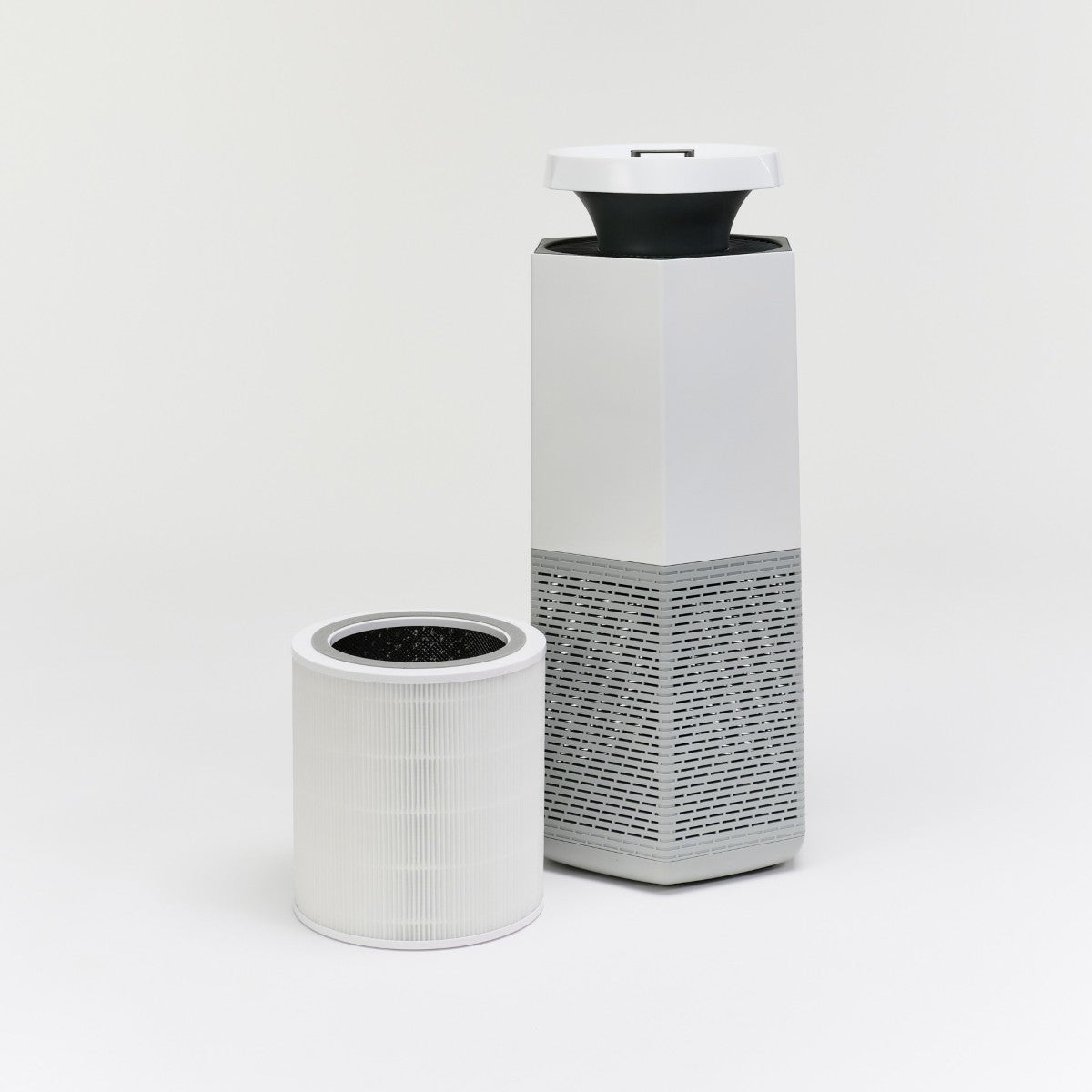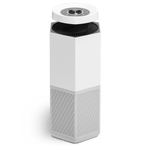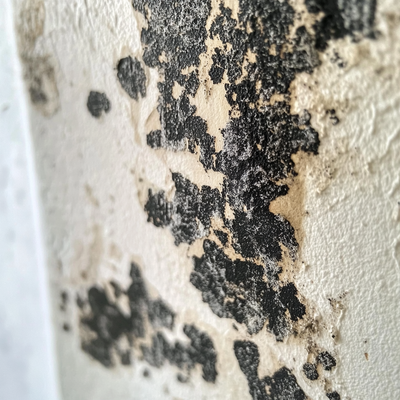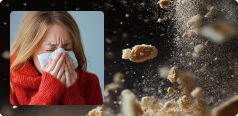Independent Tests Confirm Puraclenz Does Not Produce Formaldehyde

Understanding the Concern About Formaldehyde
Formaldehyde is a volatile organic compound (VOC) commonly found in building materials, furniture, flooring, and cleaning products. In high concentrations, it contributes to poor indoor air quality and may aggravate pollutants already present in the home. Some older photocatalytic oxidation (PCO) purifiers have been criticized for unintentionally producing trace formaldehyde or other VOCs as byproducts of their reactions.
What Makes Puraclenz Different
Puraclenz technology uses advanced PCO purification that’s been third-party tested by both Intertek and the RJ Lee Group under ISO-standard test methods (ISO 16000-3 & 16000-6). These tests confirm that Puraclenz does not create formaldehyde or harmful chemical byproducts during operation.
Unlike older systems that used UV-activated titanium dioxide and could form aldehydes or ozone, Puraclenz’s Recharge Cell design uses a controlled photocatalytic process that produces no detectable ozone or carbonyl compounds, even after 24 hours of continuous use.
Puraclenz units are also ionic air purifiers—they generate a gentle flow of ions that spread throughout the room, helping deactivate airborne pollutants without releasing ozone or formaldehyde.
Scientific Validation by Intertek and RJ Lee Group
In laboratory testing using a 30 m³ environmental chamber, Puraclenz’s P3000 using the same Recharge Cell that powers every Core and Photon purifier was challenged with formaldehyde, toluene, and D-limonene—three of the most common VOCs found indoors. Results showed:
- No measurable increase in formaldehyde during operation
- No formation of aldehydes or ketones such as acrolein, crotonaldehyde, benzaldehyde, or hexaldehyde (all below detection limits)
- No particulate byproducts detected by mass spectrometry or particle sensors
- All VOCs measured were at least 35 times lower than OSHA’s permissible exposure limits (PEL)
For a detailed technical summary, see the RJ Lee Group VOC Byproducts Report.
These results confirm that Puraclenz’s ionic PCO process breaks down airborne pollutants without creating new ones—setting it apart from traditional VOC air purifiers that rely only on passive filtration.
Reducing Existing Formaldehyde in Indoor Air
While Puraclenz’s PCO process doesn’t generate formaldehyde, the Puraclenz Core model goes a step further. Its activated carbon filter—a key feature of any high-performance air purifier helps reduce existing formaldehyde and other VOCs already present in indoor air.
Activated carbon adsorbs gaseous pollutants, including VOCs such as formaldehyde and toluene, making the Core both an activated carbon air purifier and an ionic air purifier in one advanced system.
How Puraclenz Maintains Cleaner Indoor Air
Puraclenz works continuously to reduce pollutants in the air and on exposed surfaces by generating ions that deactivate airborne contaminants before they can accumulate. The system has been tested to ensure that this oxidation process does not release ozone, nitrogen oxides, or other harmful gases.
Together, the combination of advanced PCO purification, activated carbon filtration, and ionic air purification helps combat VOCs and airborne impurities that contribute to poor indoor air quality—without producing unwanted byproducts.
Key Takeaway
Puraclenz technology is uniquely engineered to reduce pollutants without generating formaldehyde or other secondary VOCs. Independent testing by Intertek and RJ Lee Group confirms that Puraclenz units do not create these compounds—and that the Core model’s activated carbon layer helps further reduce the formaldehyde already present in your environment.
Recommended products

Core Air & Surface Purifier + HEPA
$519.99

Photon Air & Surface Purifier
$299.99



